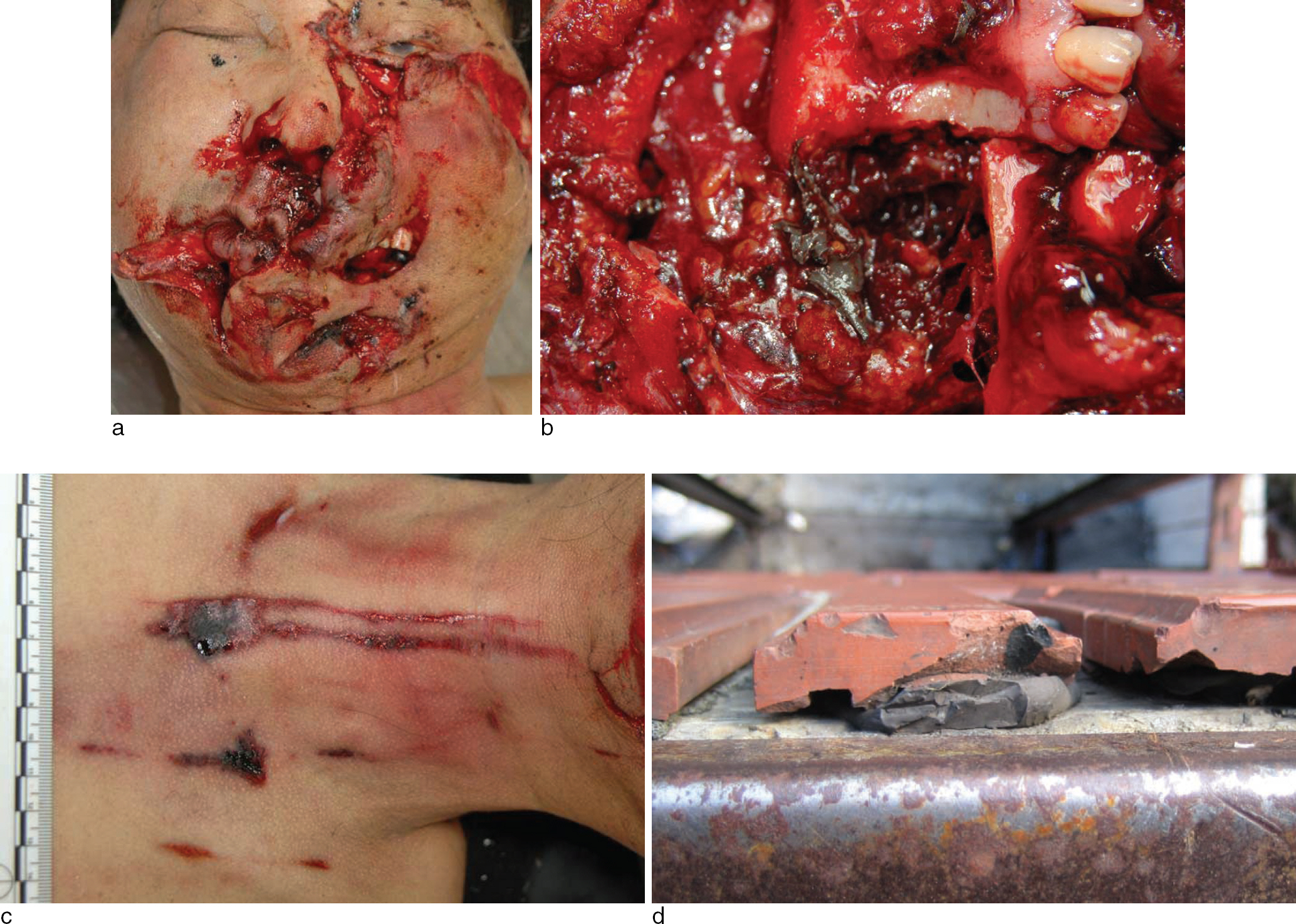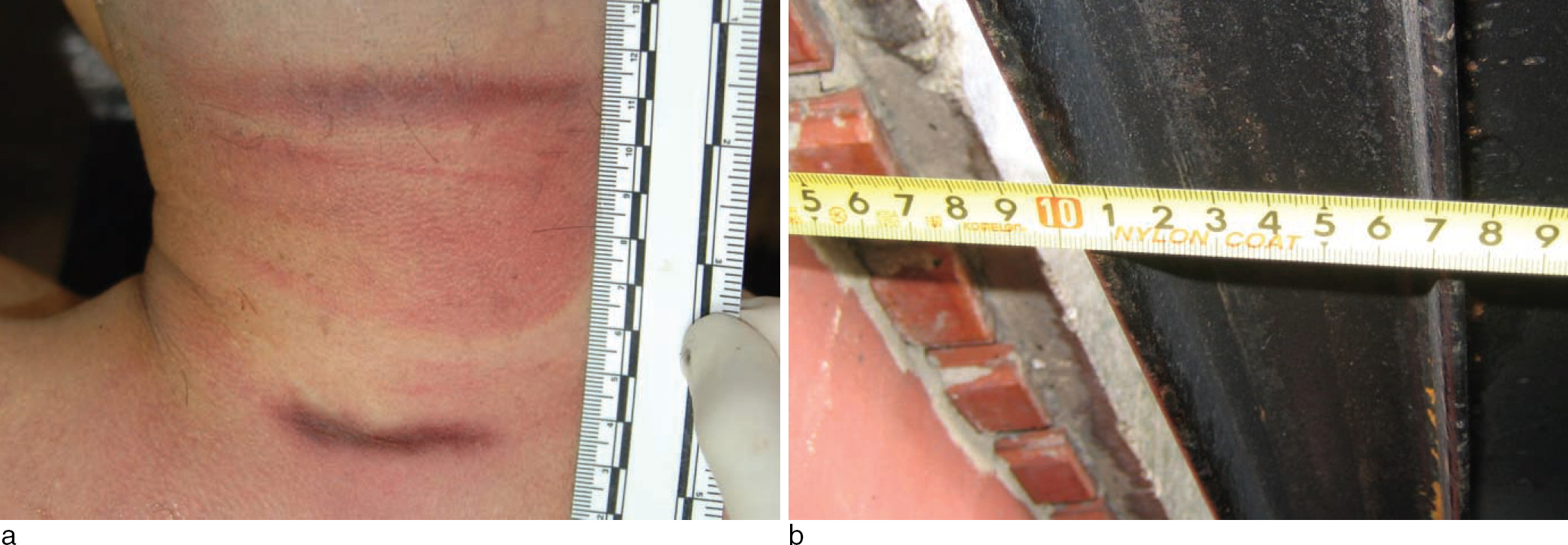Korean J Leg Med.
2013 Aug;37(3):153-156. 10.7580/kjlm.2013.37.3.153.
What Happened to Him Using the Freight Elevator: Fall from Height or Caught Between?
- Affiliations
-
- 1Forensic Medicine Division, National Forensic Service, Seoul, Korea. pdrdream@gmail.com
- KMID: 2305468
- DOI: http://doi.org/10.7580/kjlm.2013.37.3.153
Abstract
- There has been an increase in the incidence of elevator-related accidents in the Republic of Korea. Every year, approximately 10~20 elevator-related fatalities are reported in the Republic of Korea. According to research from the United States, 'falls' were the most common cause of death, followed by 'caught in/between'. In such investigations, it is important to distinguish between the manners of death. Herein, we report an elevator-related fatality, which required careful forensic investigation to determine the cause of death. A thorough forensic autopsy and reinvestigation of the death scene by medical examiners were required to determine if the death was caused as a result of the deceased falling from from a height or being caught in between the elevator and the wall of building.
Keyword
MeSH Terms
Figure
Reference
-
1. McCann M, Zaleski N. Deaths and injuries involving elevators and escalators. Georgia: Silver Spring;2006. p. 1–2.2. Lee JC. Risk factors and improvement of elevator. Seoul: Korea Elevator Safety Technology Institute;2007. p. 1–5.3. Korea Elevator Safety Institute. Accident statistics, Seoul (2013). Available at. http://kesi.or.kr.4. Li L, Smialek JE. The investigation of fatal falls and jumps from heights in Maryland (1987-1992). Am J Forensic Med Pathol. 1994; 15:295–9.5. Gupta SM, Chandra J, Dogra TD. Blunt force lesions related to the heights of a fall. Am J Forensic Med Pathol. 1982; 3:35–43.6. Warner KG, Demling RH. The pathophysiology of free-fall injury. Ann Emerg Med. 1986; 15:1088–93.
Article7. Steedman DJ. Severity of free-fall injury. Injury. 1989; 20:259–61.
Article8. Beale JP, Wyatt JP, Beard D, et al. A five year study of high falls in Edinburgh. Injury. 2000; 31:503–8.
Article9. Turk EE, Tsokos M. Pathologic features of fatal falls from height. Am J Forensic Med Pathol. 2004; 25:194–9.
- Full Text Links
- Actions
-
Cited
- CITED
-
- Close
- Share
- Similar articles
-
- Factors Affecting to Injury Severity of Free-Fall Patients
- The Status of Occupational Accidents and Injuries and the Implications
- Total Laparoscopic Hysterectomy using Modified Bae's Uterine Elevator
- Congenital Double Elevator Palsy in Two Brothers
- Use of elevator instruments when luxating and extracting teeth in dentistry: clinical techniques




